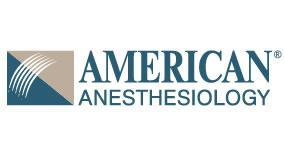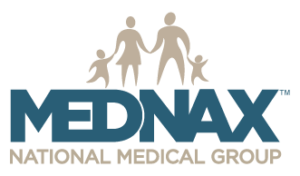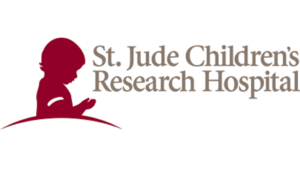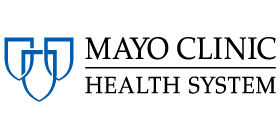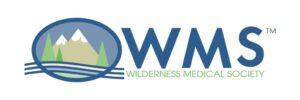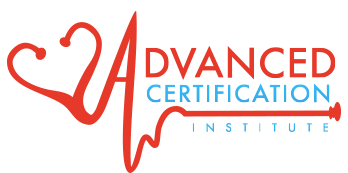
BLS Certification
- New Certification
- Recertification
4 CME/CE Credits
2 CME/CE Credits
BLS Certification Online
Course Overview
BLS stands for “Basic Life Support.” For the victim of cardiac arrest, basic life support (BLS) includes cardiopulmonary resuscitation (CPR) and use of an automated external defibrillator (AED).
Cardiopulmonary resuscitation (CPR) combines chest compressions with rescue breathing to provide ventilation, oxygenation and blood flow when the cardiac arrest victim’s heart has stopped beating.
Basic Life Support (BLS) training also includes rescue breathing for a victim that is not breathing, and emergency care for a choking victim.
By the end of this Basic Life Support (BLS) course, you should be able to:
- Recognize cardiac arrest
- Activate the emergency response system
- Perform CPR with 1 or 2 rescuers for a victim of cardiac arrest
- Perform CPR for an adult, child, or infant victim
- Use an automated external defibrillator (AED)
- Provide rescue breathing for a victim of respiratory arrest
- Provide emergency care for the choking victim
- Understand how CPR and BLS will be integrated with advanced life support
The primary goal of BLS is to increase cardiac arrest survival. To maximize survival, providers of basic life support (BLS) must quickly recognize cardiac arrest, activate the emergency response system, provide high-quality CPR, and use an automated external defibrillator (AED).
This BLS course follows internationally accepted treatment guidelines developed using evidence-based practice. These guidelines represent the consensus recommendations of resuscitation experts.
Following these guidelines when an emergency occurs will help maximize your patient’s chance of survival. The guidelines also provide us with a common “playbook” when cardiac arrest occurs. By using a standard approach to assessing and treating cardiac arrest as an organized team, BLS providers from different backgrounds can work together effectively – by learning these guidelines, you should be able to work quickly alongside a co-worker, friend, or even a complete stranger without confusion or delay!
Basic Life Support (BLS) focuses on early recognition and treatment of cardiac arrest, and is part of an overall system to improve survival. To maximize survival, each component of the system must work effectively, including:
- Early recognition
- Early activation of the emergency response system
- Early CPR
- Early defibrillation
- High-quality advanced life support
- Post-arrest care
CE/CME Credits
Certification: 4 CME/CE Credits (AMA/ACCME PRA Category 1 Credit(s)™ ANCC/ ADA/ ACPE/ AAPA)
Recertification: 2 CME/CE Credits
- AMA(ACCME), ANCC, AAPA, ACPE, ADA Accredited
- All study materials included
- Immediate Digital Provider Card
- Card Accepted or money back
ACI’s ACLS, PALS, and BLS Study Guides (included with both Certification and Recertification courses) are presented in a complete and thorough manner. You will not need any additional information to pass the exam. Our courses can be completed 100% online. Study Materials and Exams Adhere to the most recent ILCOR/ECC/AHA Guidelines.
Sign up
Purchase your courses.
Study
Study at your own pace, and come back to it as often as you’d like.
Take the Test
Take the test online when you’re ready. Incorrect answers link back to the study guide so you can learn and revise.
Get your Card
Immediate Digital Provider Card. Hard-Copy card mailed on request.
Advanced Certification Institute is Trusted By
We have certified tens of thousands of healthcare professionals.
